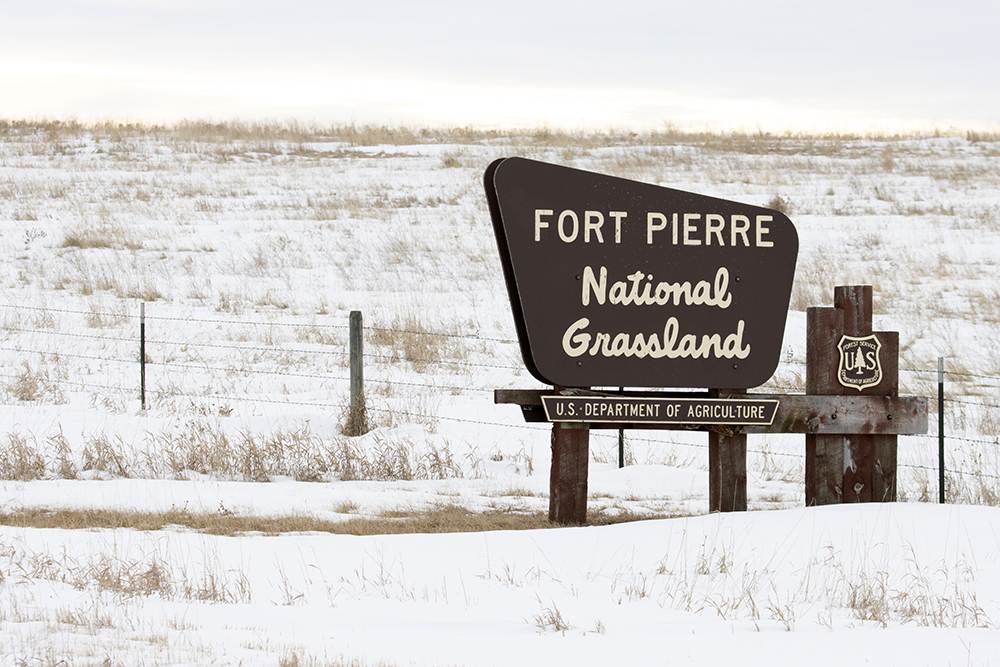My family and I just got back from a long weekend in the Black Hills, spending most of our time in Custer State Park. The Black Hills are a 5 or 6 hour drive from our hometown on the far eastern edge of South Dakota. We travel a lot, but have somehow managed to avoid visiting the area for the last 4 or 5 years, other than occasional fishing trips with my son. After a wonderful, long, Labor Day weekend, I’m not sure why we don’t spend more time in the Black Hills and Custer State Park. We love National Parks and Monuments, visiting 11 different ones during our summer vacation to Colorado and Utah, but I’d put Custer State Park up with any of them.
Part of the attraction is the diversity the park offers. Custer State Park is big, covering over 110 square miles. Habitats are diverse, ranging from wide open prairie to craggy peaks. Access is quite easy, with several roads traversing the park, including a number of gravel roads that get far less traffic than roads like the iconic Wildlife Loop. However, even the wildlife loop is never as busy as the popular National Parks. And as with most parks in the United States, once you step away from the main roads and start hiking, you can find yourself with as much solitude as you desire.
On this trip, we stayed at the “Creekside Lodge”, a wonderful little place from which to base your trip to the Hills. It’s part of the State Game Lodge complex, right off Highway 16a, one of the bigger paved roads through the park, and is in an area that provides quick access to many of the Black Hills attractions. We loved our room at the Creekside lodge, a 2nd floor room with a balcony that overlooked Grace Coolidge Creek. Every night, we’d have deer foraging in the grass right below our hotel room, and the room was large and very comfortable.
For me, it’s the hiking and the wildlife that makes Custer State Park special. There are no bears in the Black Hills, but you’ll certainly find as many bison, deer, elk, Pronghorn, mountain goats, bighorn sheep, and prairie dogs as you could want. That’s right, just one State Park, with habitats that support creatures as diverse as Bison and Pronghorns on the prairies, and Mountain Goats at high elevation. Every morning on our trip I’d wake before dawn, and drive and hike around the less-traveled gravel roads the connect with the Wildlife Loop road. Every morning, I’d find bountiful photo opportunities.
Yes, it’s “just” a state park, but don’t overlook Custer State Park!! It’s one of the most enjoyable places to visit in the region. Here are just a few of the many photos I took over the weekend. Note I reserve the right to revisit these same photos in upcoming Photo/Haiku of the day posts! 🙂

The iconic American Bison. Custer State Park has a very large herd that has free reign throughout most of the park. While they could be seen almost anywhere, the wide open grasslands around the wildlife loop are a place where you’ll almost certainly run across large numbers of them.

A lone coyote, giving me one last look before disappearing into the grassland. There are certainly plenty of coyote around, but they’re pretty shy. Drive the Wildlife Loop right around dawn though, and there’s a good chance you may find one.

A Black-tailed Prairie Dog at the entrance to its burrow. There are a number of large prairie dog towns scattered throughout Custer State Park, and they’re always a great place to look for wildlife.

The Wildlife Loop are offers some wonderful prairie habitat, and is a great spot to find Pronghorn. Pronghorn in South Dakota are generally very shy. It’s no wonder, given the hunting pressure on the species. Custer State Park is probably your best opportunity anywhere to get close to a wild Pronghorn. They’re used to the visitors and will often calmly forage just a few meters away from your car. How close can you get to a wild Pronghorn at Custer State Park? How about….

This close! When you shoot wildlife, the problem is that you generally can’t get close enough for a frame-filling photo, even with a “long” camera lens. In this case, my long lens made it impossible to frame the entire animal in the shot, and thus I instead had the opportunity to shoot some wonderful portraits from point-blank range.

One of my favorite species, the Mountain Bluebird. Near the “airport” (not much of an airport) on Wildlife Loop road, there’s a fence line with a number of bluebird boxes. It’s a terrific spot to find these beautiful sky-blue birds.

ALWAYS. BRING. YOUR. CAMERA!!! After this many years doing photography, I should know this by now! But when we decided to do the “Cathedral Spires” hike in the park, I left the camera in the car. I didn’t think we’d see any wildlife up there! Boy was I wrong. We ran into Mountain Goats twice on the beautiful hike up to the spires! Alas, all I had was my iPhone, but this even with just a standard iPhone 7, we were able to get close enough to these beautiful animals to get photos such as this one. This also gives you an indication of the diversity of landscapes in the park…from Pronghorns on the prairies, to Mountain Goats up high!!

A quick grab-shot with my iPhone of the rising sun, from Wildlife Loop Road in Custer State Park, showing the wide open prairies and rolling hills on this side of the park.
Like this:
Like Loading...
























